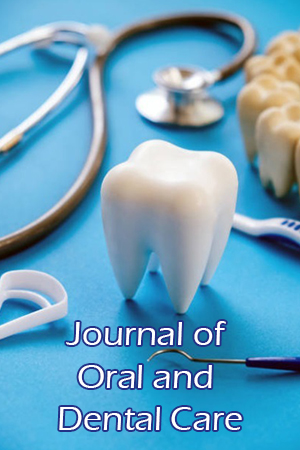Physical Sequelae of Maxillofacial Trauma in Brazzaville About 229 Cases
Mabika Bredel DD, Ngoua Essininguele L, Trigo Eboungabeka, Ibara Juliana, Oball-Mond A, Itsiere F.
Introduction: Maxillofacial trauma is an injury with uncertain morphofunctional sequelae despite the evolution of management techniques.
Purpose: To determine the frequency and characteristics of physical sequelae of in Brazzaville.
Patients and Methods: This was a descriptive cross-sectional study with retrospective and prospective data collection, from January 2017 to December 2021, on 229 isolated maxillofacial traumas, treated and followed up in the Department of Maxillofacial Surgery and Stomatology.
Results: The median age of our patients was 33.30 ± 1.2 years, with a clear male predominance (78.1%). Trauma was related to road accidents in 78.6% of cases. 82.5% of patients had bone injuries. Initial management was delayed in 76.8% of cases, and caregivers were not specialized in 37.1%. Sequelae were common in 34.5% of cases. Facial deformities were found in 9.17% of cases, and dysesthetic scars in 8.7%. Temporomandibular dysfunction was found in 7.9% of cases, and permanent constriction of the maxilla in 6.5%. Inappropriate indications of the initial lesions as well as the delay of the management were found in patients with sequelae.
Conclusion: The quality of the initial management of maxillofacial trauma, as well as the delay, is the pivotal factor that determines both the functional and aesthetic prognosis. It must be as complete and rapid as possible in order to minimize the sequelae.
View pdf
